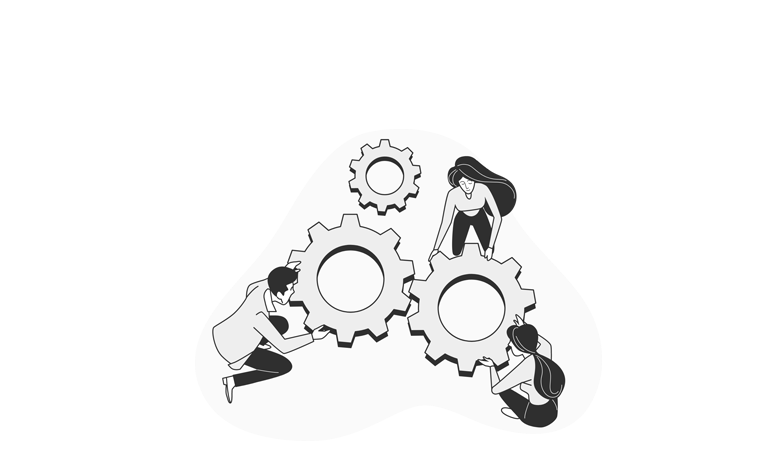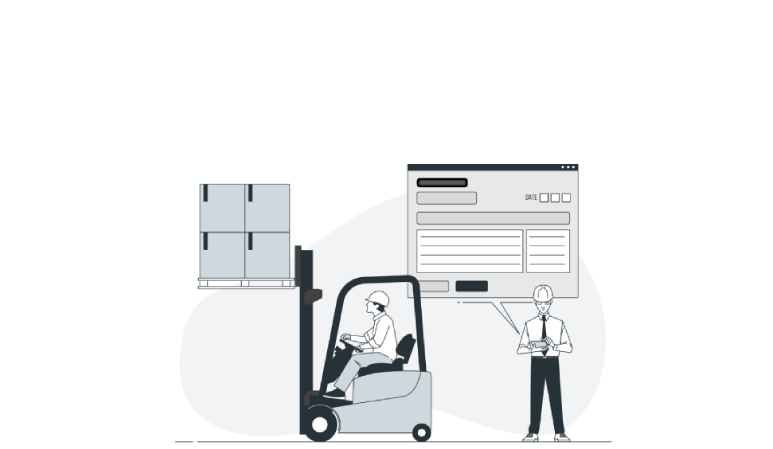.png)
30 Jul 2024
Let's explore the crucial role of data analytics in Environmental, Health, and Safety (EHS) management systems. It emphasizes how analytics drive decision-making, enhance compliance, and improve safety outcomes by offering actionable insights from data. Effective data utilization transforms EHS management into a proactive, data-driven practice.
In the modern landscape of Environmental, Health, and Safety (EHS) management, data analytics is not just a buzzword—it's a game-changer. A report by the American Society of Safety Professionals (ASSP) found that organizations leveraging advanced data analytics in their EHS programs experience a 25% decrease in workplace incidents. (Source: ASSP Report)
The Data Revolution in EHS Management Systems
Imagine this: Your company has implemented a comprehensive EHS management system. You have all the protocols, compliance checks, and training modules in place. But how do you ensure that these measures are genuinely effective? This is where data analytics steps in, transforming raw data into actionable insights that drive continuous improvement and safety excellence.
The Power of Data: Beyond Compliance
Think of data analytics as the central nervous system of your EHS management framework. Just as our bodies rely on a complex network of nerves to sense and respond to the environment, an EHS management system utilizes data analytics to monitor, assess, and enhance workplace safety. Without this vital component, you might be flying blind, relying on guesswork rather than informed decisions.
Key Benefits of Data Analytics in EHS Management Systems
Proactive Risk Management
- Insightful Data: Data analytics helps identify patterns and trends in safety incidents, allowing organizations to predict and prevent potential hazards before they occur. This proactive approach significantly reduces the likelihood of accidents and incidents.
- Example: A manufacturing plant uses data analytics to analyze near-miss reports, identifying a recurring issue with a specific machine. By addressing the problem early, they prevent a serious accident.
Improved Compliance
- Automated Reporting: Keeping up with regulatory compliance can be daunting. Data analytics simplifies this process by automating the collection and reporting of compliance data, ensuring you meet all legal requirements without the administrative burden.
- Example: An oil and gas company uses analytics to track and report emissions data, ensuring compliance with environmental regulations and avoiding hefty fines.
Enhanced Employee Engagement
- Personalized Training: Data analytics provides insights into individual employee performance and training needs. This allows for the development of tailored training programs that engage employees and enhance their safety knowledge and skills.
- Example: A construction firm analyzes training data to identify gaps in worker knowledge, implementing targeted training sessions that improve safety performance on site.
Cost Savings
- Resource Optimization: By identifying inefficiencies and areas for improvement, data analytics helps optimize resource allocation, reducing costs associated with workplace incidents and compliance management.
- Example: A chemical company uses data analytics to streamline its hazardous material handling processes, reducing waste and lowering operational costs.
The OSHEPRO Edge: Data-Driven EHS Excellence
In the fast-paced world of EHS, OSHEPRO stands out as a leader in leveraging data analytics to drive safety and compliance. Our all-in-one EHS management system integrates powerful analytics tools that transform data into actionable insights, ensuring your organization remains ahead of the curve.
How OSHEPRO Uses Data Analytics to Enhance EHS Management
TRACI (Task Risk Assessment, Control, and Implementation)
Data-Driven Risk Assessments: TRACI uses analytics to evaluate risk data from multiple sources, providing a comprehensive view of workplace hazards and enabling precise control measures. (Explore TRACI application)
SELT (Safety Engagement and Learning Tool)
Behavioral Insights: SELT analyzes training and engagement data to tailor safety programs that resonate with employees, fostering a culture of safety. (Explore SELT application)
SHEA (Safety, Health, and Environmental Audits)
Real-Time Compliance Monitoring: SHEA uses real-time data analytics to track compliance metrics, allowing immediate corrective actions and ensuring ongoing adherence to regulations. (Explore SHEA application)
MoCA (Management of Change and Acceptance)
Change Impact Analysis: MoCA employs data analytics to assess the potential impacts of operational changes, ensuring that risks are managed effectively. (Explore MoCA application)
ORBIT (Observation Reporting and Behavior Improvement Tool)
Predictive Safety Analytics: ORBIT uses predictive analytics to forecast safety trends based on observation data, enabling preemptive actions to mitigate risks. (Explore ORBIT application)
AMLA (Accident Management and Loss Analysis)
Root Cause Analysis: AMLA uses data analytics to perform detailed root cause analysis of incidents, driving continuous improvement in safety protocols. (Explore AMLA application)
ChERS (Chemical and Hazardous Environmental Risk System)
Compliance Analytics: ChERS tracks and analyzes chemical inventory data, ensuring compliance with safety regulations and preventing hazardous incidents. (Explore ChERS application)
SHEMa (Task and Document Management Application)
Integrated Data Management: SHEMa centralizes all EHS-related data, providing a holistic view of safety performance and facilitating informed decision-making. (Explore SHEMa application)
Real-World Success: Data Analytics in Action
A large logistics company faced challenges in maintaining safety compliance across multiple sites. By implementing OSHEPRO's data analytics integrated tools, they achieved a 30% reduction in incident rates within the first year. The system’s analytics capabilities allowed them to identify risk hotspots and take targeted actions, ensuring a safer working environment for their employees.
Embrace the Power of Data
In the dynamic realm of EHS management, data analytics is more than just a tool—it's a strategic asset that drives safety, compliance, and efficiency. By adopting a robust EHS management system like OSHEPRO, your organization can harness the power of data to create a safer, more compliant, and more productive workplace.
For more insights on leveraging data analytics in your EHS programs, visit OSHEPRO.
















.png)



.png)


.png)




.jpg)









